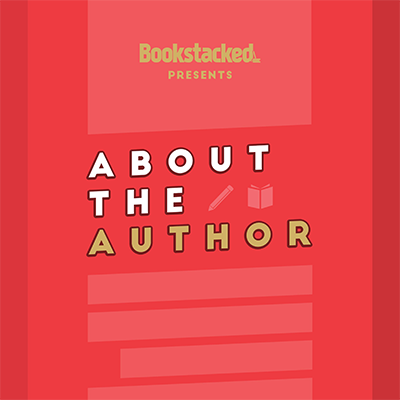Yesterday’s Book Lovers Day is somewhat of a mystery. It’s an unofficial holiday around the world, celebrated every year on August 9 by readers everywhere, but unlike most holidays we celebrate here at Bookstacked, no one can really pinpoint when or why the tradition started.
We’re just glad that it did, really — do we need a reason to celebrate our love of books and reading?
We love going into a book store or a library and perusing the shelves, picking up new hardbacks or hidden paperbacks that pique our interest and skimming through them. We love the smell of the paper, the feel of worn and well-loved pages. I’ve always found it difficult to explain why I love these things, it just feels natural. Being around books feels comfortable.
I’m surrounded by books almost all of the time. As I sit writing this, I have my TBR books piled beside my computer. I have shelves to my right, and lining the wall behind me. I have books on the floor under my desk. I can reach in almost any direction and find a book to pick up.
I’m sure I’m not the only one to have such a unique love for books, yet be unable to explain it.
And still, much like we don’t know why Book Lovers Day began in the first place, most of us probably don’t give much thought to how books themselves first came to be.
A Brief History of Books
Transcribing language onto physical materials extends as far back as 4000BC, when the Sumerians, an ancient group of people living in southern Mesopotamia, would develop the earliest form of an alphabet and carve it into clay tablets.
Not exactly a book like we know it today, it was the first step towards 2500BC, when we can find early examples of ancient Egyptians transcribing onto papyrus, many “pages” of which would be glued together into scrolls that could easily be transported. It can be argued that these were the earliest direct ancestors to the modern-day book. This technique would be used across cultures for centuries, before writing on parchment made from calf or deerskin would become more common across Europe.
For centuries, new ways of putting language to readable surfaces would rise, from wax tablets to early forms of paper, with the earliest example of a printed book coming around 868AD, when The Diamond Sutra, a Buddhist book, was printed in China during the Tang dynasty.
It wouldn’t be until Johannes Gutenberg, in the 1450s, would perfect the Gutenberg Press, that book printing would take a similar form to what we know today. Gutenberg’s invention was the world’s very first printing press, which would revolutionize book printing, allowing for easier and faster production.
Accessibility
Times have changed drastically in the hundreds of years since book printing became easier and more accessible thanks to the Gutenberg Press. In those early days, the books being printed were only truly accessible to the wealthy and privileged, as well as primarily being of religious and scientific texts. Fiction was still primarily enjoyed through oral storytelling, or through theatrical productions.
Today, we see mass printing of books across the world, as well as the rise of e-books and audiobooks. We might take for granted how easily we can wander around a book store, or order a book online in just a few clicks. In the 21st century, while we still have a ways to go to make sure that all kinds of books are accessible to all members of society, it’s easier than ever before for us to find a way to read.
Underprivileged kids across the world have access to books and reading in ways that they never have before, and recent trends in young adult publishing are showcasing diversity on who and what we see on shelves. Across the world, we’re in a position where most can read, and most can see themselves represented in what they read — if you ask me, that’s something wonderful.
Book Lovers Day 2021
Yesterday was Book Lovers Day. We might not know who started the holiday, or when, or even why, but the origin doesn’t quite matter as much as keeping the spirit of the day alive. We’ll continue to love books well into the future, as we get further and further away from the mysterious origins of the day.
On Book Lovers Day, we’re encouraged to spend some time reading. But, because I’m sure that’s something we all do anyway, maybe this year it’s worth thinking about the history of what we love, and how from the Sumerians primitively carving their symbols on those clay tablets to the e-readers and audiobooks of today, reading has never been more accessible to so many people.









Bookstacked Comment Policy
We welcome respectful comments. Our only rule is to be kind. Rude, hateful and generally mean-spirited comments will be removed.